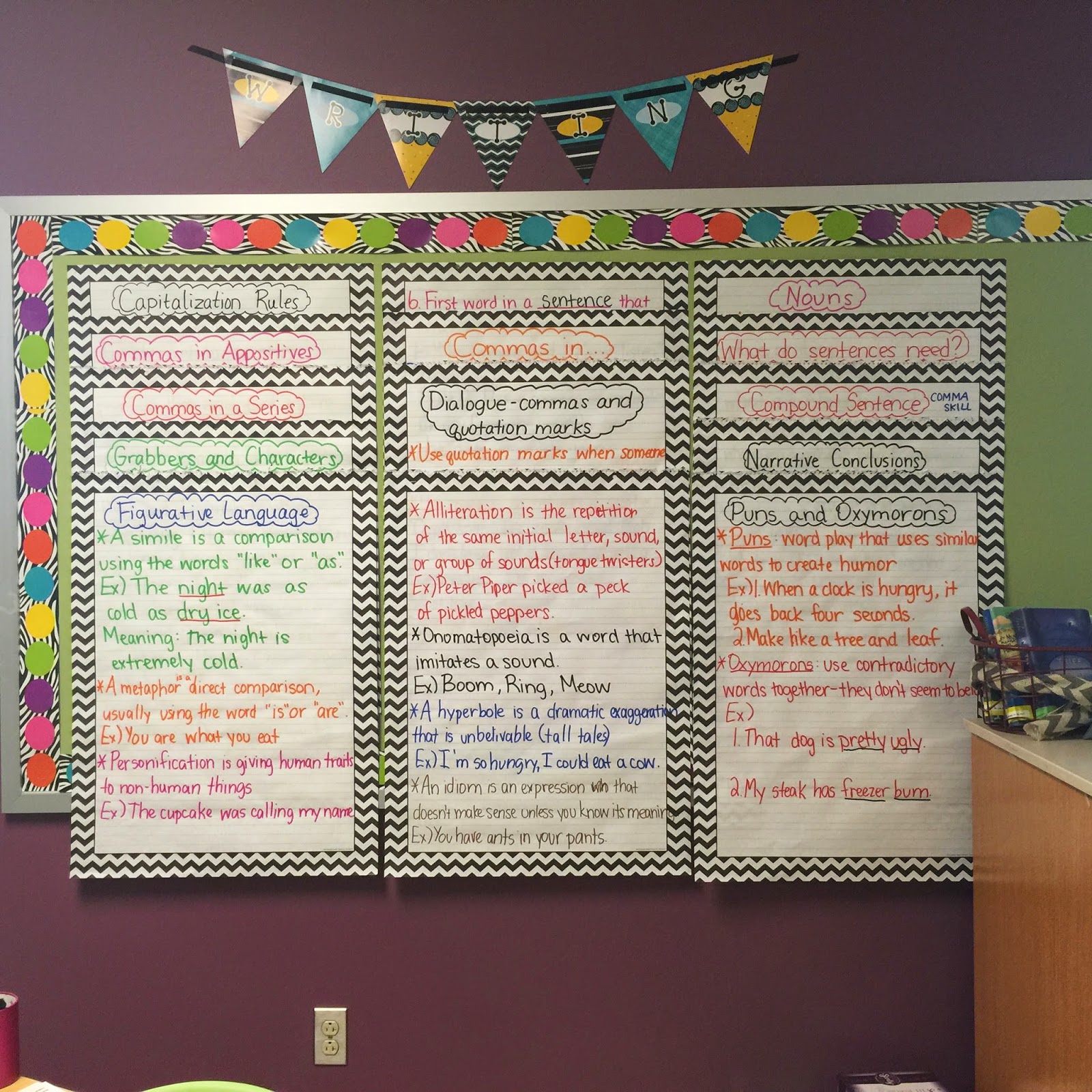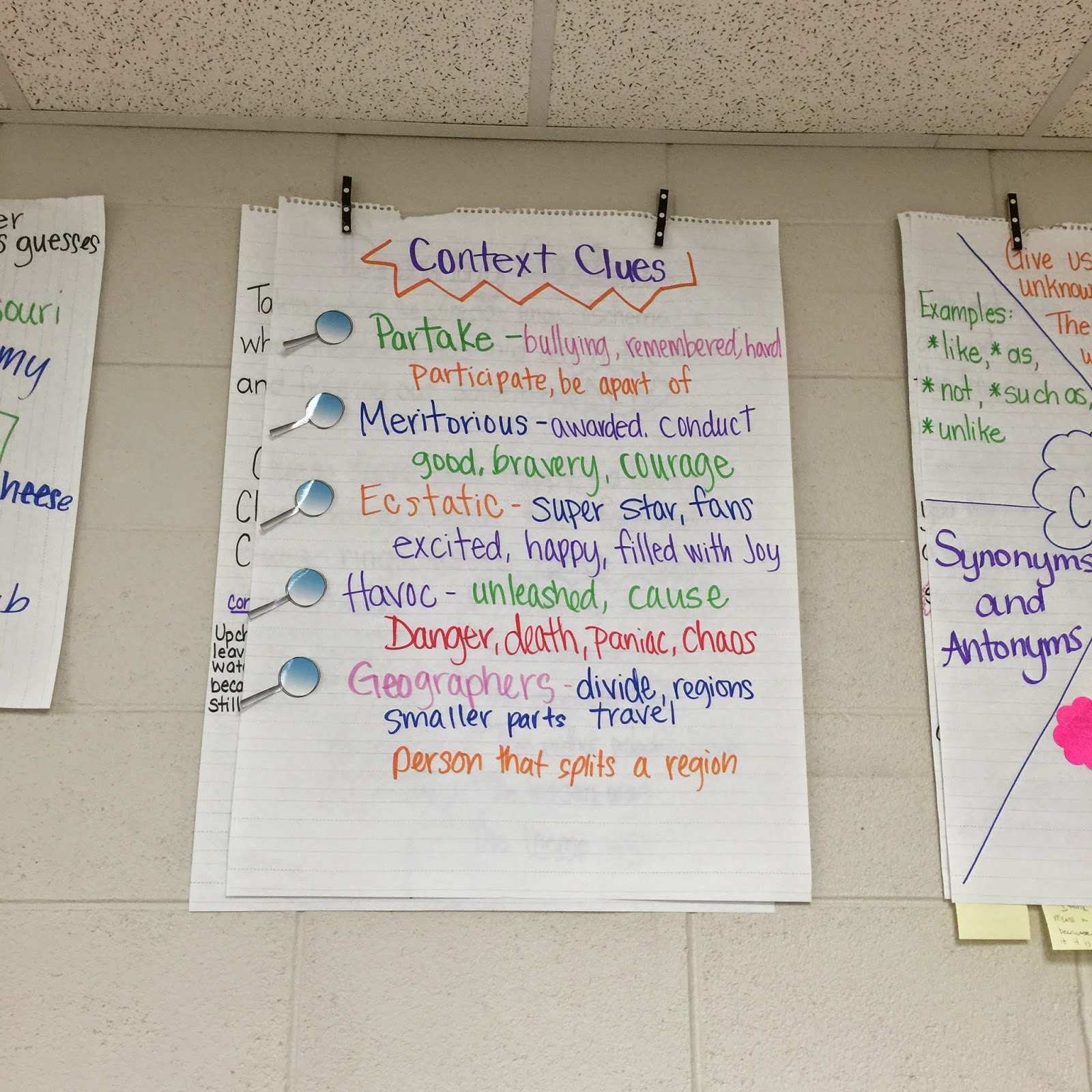Looking for more ideas to incorporate speaking and listening into ELA? Check out these ideas!
From
Scholastic Instructor, Tara Bardeen makes these suggestions:
I’m the Expert
Even your shyest students will enjoy showing off their unique talents
by presenting short “how-to” lessons to the class. Begin with a
brainstorming session about skills students are proud of, such as
counting in a foreign language, learning spelling-list words, fixing a
bike tire, or making banana pancakes. (They should select something that
can be completed in about 10 steps.) Next, share a few how-to videos
from
YouTube or cooking demonstrations from a site like
marthastewart.com.
Ask students to identify common elements in this type of public
speaking. What kind of language is used? How is the presentation
structured? What types of visuals are used? Have students outline the
steps of their speech and create visuals illustrating key points.
Encourage them to pair up and take turns practicing before presenting to
the whole class. Once students are ready, gather the class and start
the video camera!
And the Nominees for Best Book Are…
Help students practice persuasive speaking as they passionately
nominate a favorite book for the “Best Book of the Year” awards. Ask
students to select a book they read this year to nominate for the award.
Create categories such as comedy, science fiction, biography, mystery,
and so on. Next, discuss the key features of persuasive speaking while
watching a selection of online speeches (try
blog.ted.com and search for “
talks for kids,” or go to
kids.learnoutloud.com).
Explain how effective speakers appeal to both the audience’s emotions
and logic while also establishing their credibility as someone the
audience can trust. Ask students to think about specific examples in
their selected book that demonstrate why it’s truly great. Have students
write out their nomination speeches and present them to the class. To
keep students on their toes while others are presenting, randomly select
a student to provide an “instant retell,” where he or she summarizes
the speaker’s key points. Wrap up the activity by holding a vote and
celebrating the best books in each category.
The Sound of a Decade
What if each decade was a radio channel? Divide students into teams
and assign each team a different decade as the focus of a radio show
they will create. Ask students to research important events from that
decade, as well as highlights in politics, science, entertainment, and
popular culture. If possible, have them find a key speech from the era
to include in their “broadcast,” as well as a popular song from the
time. Once students have compiled their information, encourage them to
run through their entire radio show a couple of times before recording
it. As they practice, ask them to think about how they will bring energy
and excitement to their voices to keep their listeners’ interest. (If
you can get some early radio-show recordings, or even something current,
play these for your students.) Once students are ready to record,
provide digital voice recorders, iPods with microphones, iPhones (look
for the voice memo app), or computers with
GarageBand or
Audacity (a
free audio-editing program is available online). When the recordings
are complete, set up a listening station in your classroom where
students can listen to the decade channel of their choice.
One high-interest way to get students of all ages motivated is through readers theater.
Readers Theater
There are several readers theater resources available:
Dr. Young's Reading Room
Teaching Heart
Busy Teachers Cafe
Fiction Teachers
Education World posted an article about debates in the classroom.
It's Up for Debate
The article includes lots of resources for getting a classroom debate organized. Education World offers five debate strategies and extra lessons for students of all ages such as:
debate fairy tale ethics, use four corner and inner/outer circle strategies, more.
It's Up for Debate article
There is also a follow-up post with
additional resources for classroom debates.

















































